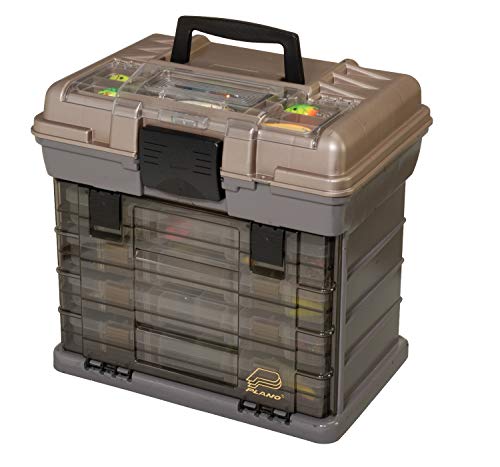I'm trying to convert my 13.5' deep V Sea Nymph boat to a stick steering setup. I just got a 25 hp mercury tracker, and the boats rated for 25 hp. Before I drilled holes through my transom to mount the motor, I wanted to test the motor with the boat and make sure it worked ok. So I put the motor on the back and just tightened the top screws and left the bottom hang and took it to the river. Unfortunately from about 3/4 to full throttle, the boat almost seems to drag, and it shoots water out around both sides of the boat pretty bad, starting about a quarter of the way back from the front of the boat and shooting clear past the transom. Its almost like its shooting around the ribbing (you can see what Im talking about in pictures 45 and 48, they run the length of the boat. ) The boat seemed to be getting on plane (or **** close). As you can see from the pictures, my transom dips down in the middle. Also, I'm aware that the motor is about 6" to long, but it's all I have to work with.
So my question is, has anyone had this problem and is there a way to fix it? Any Ideas would be appreciated..
Would rebuilding my transom so it's flat (therefore raising the motor) help? If I did this the cavitation plate would only be about 2" below the bottom of the boat.
Also I forgot to play with the trim, even though it was all the way down when i tested it. Would trimming up do anything?
Could it be a weight distribution problem? When I tested it it was me and a battery in the back, my 200 lb brother in the middle and a 5 gallon gas tank in the middle.
If the pictures dont show up use these links...
https://www.tinboats.net/forum/images/albums/userpics/24787/IMG_0048.JPG
https://www.tinboats.net/forum/images/albums/userpics/24787/IMG_0047.JPG
https://www.tinboats.net/forum/images/albums/userpics/24787/IMG_0046.JPG
https://www.tinboats.net/forum/images/albums/userpics/24787/IMG_0045.JPG
So my question is, has anyone had this problem and is there a way to fix it? Any Ideas would be appreciated..
Would rebuilding my transom so it's flat (therefore raising the motor) help? If I did this the cavitation plate would only be about 2" below the bottom of the boat.
Also I forgot to play with the trim, even though it was all the way down when i tested it. Would trimming up do anything?
Could it be a weight distribution problem? When I tested it it was me and a battery in the back, my 200 lb brother in the middle and a 5 gallon gas tank in the middle.
If the pictures dont show up use these links...
https://www.tinboats.net/forum/images/albums/userpics/24787/IMG_0048.JPG
https://www.tinboats.net/forum/images/albums/userpics/24787/IMG_0047.JPG
https://www.tinboats.net/forum/images/albums/userpics/24787/IMG_0046.JPG
https://www.tinboats.net/forum/images/albums/userpics/24787/IMG_0045.JPG



























































